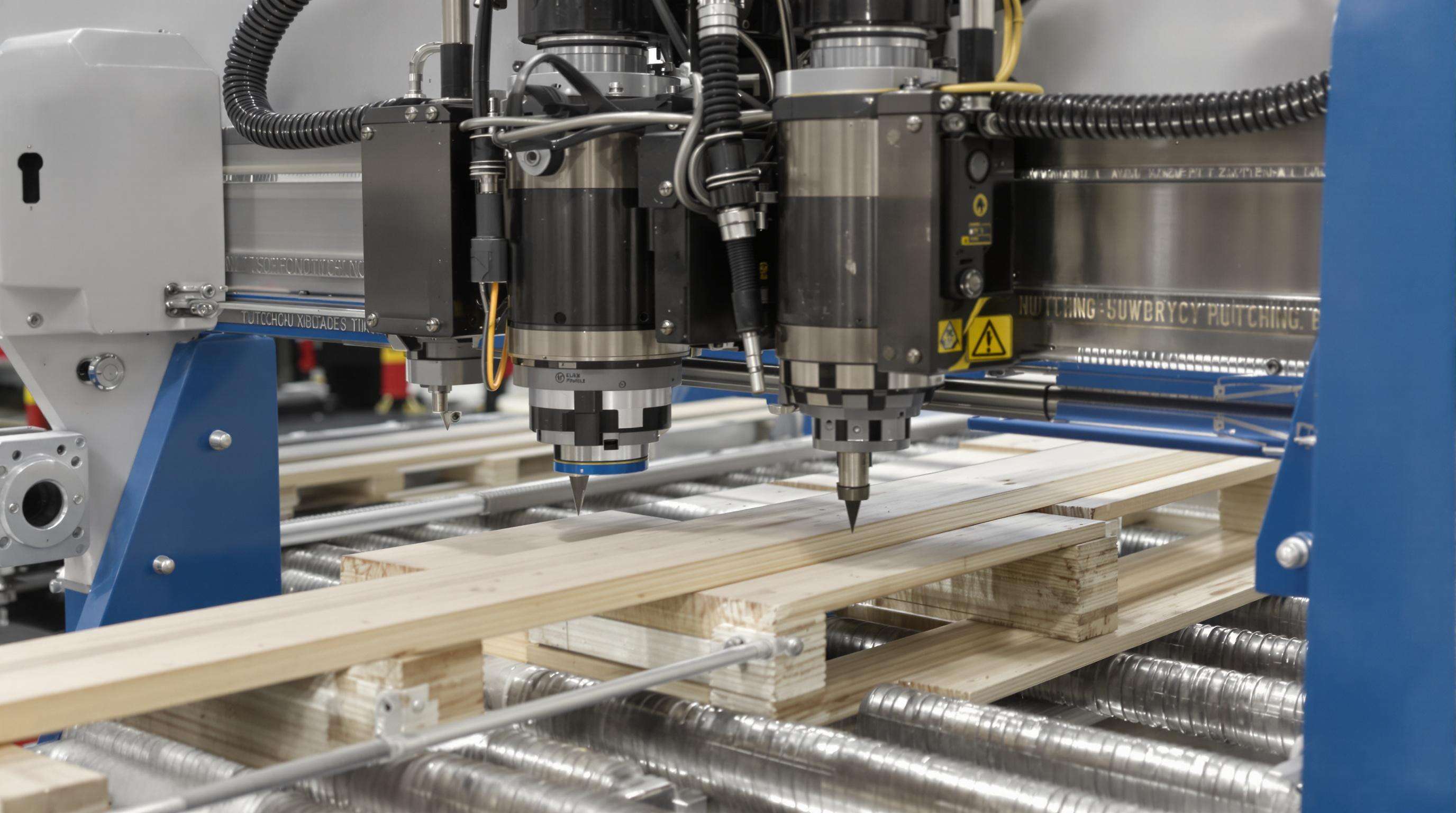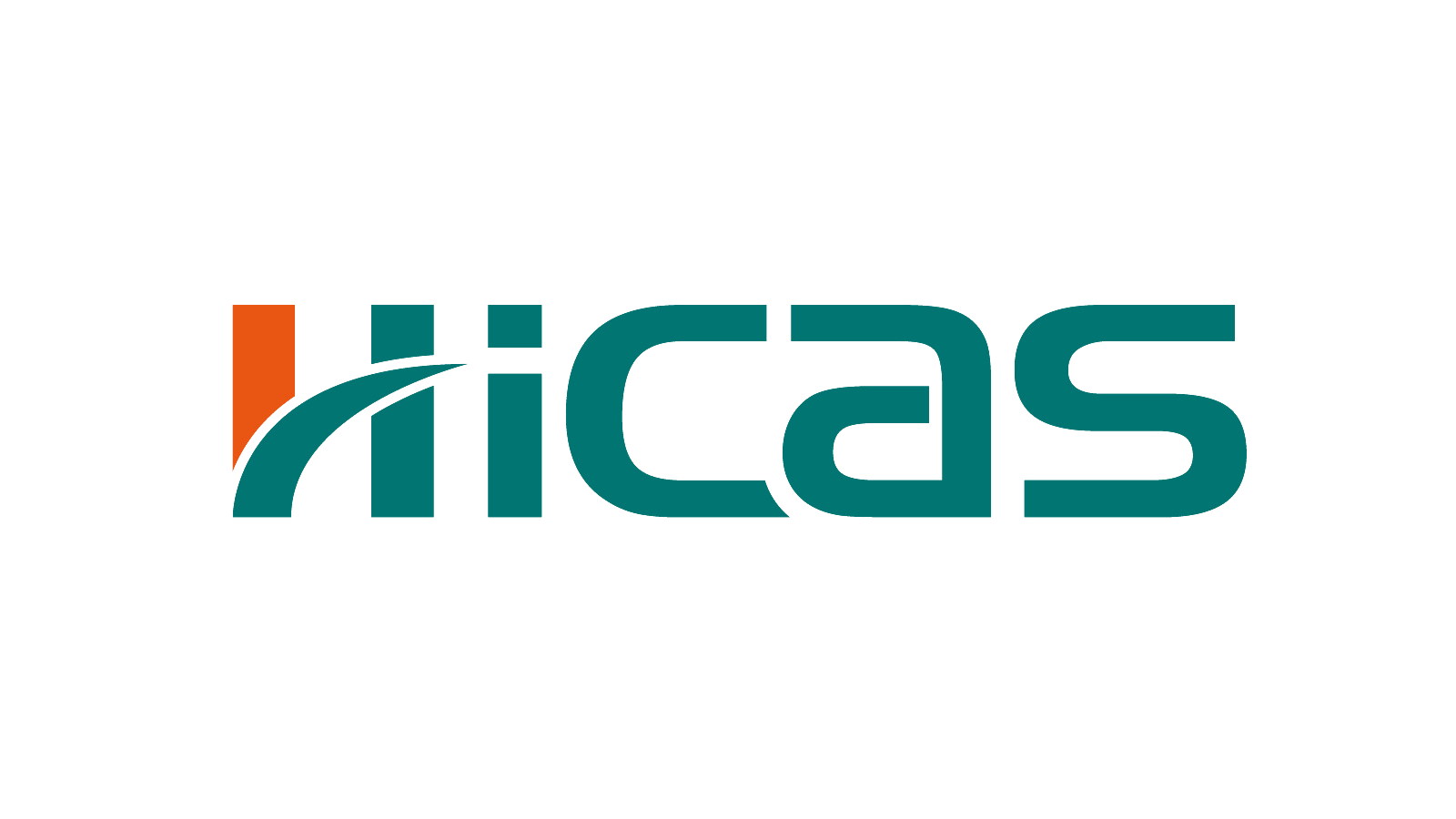Understanding Your Wood Pallet Notching Machine Components

Critical Components: Dual Cutting Heads & Hydraulic Systems
Two cutting heads result in precision cutting and exact notch size. The tungsten-carbide blades need frequent checking for wear marks. Commercial grade hydraulics yield powerful and efficient results for blade time when penetrating hardwoods. Keep the viscosity of the fluid (recommend ISO VG 46 hydraulic oil) to avoid losing pressure. Prevention of particulate scoring—a primary cause of hydraulic fluid leakage and downtime ¢ With monthly cylinder rod inspection.
Operating Principles of PLC-Controlled Notching
PLCs convert design information to specific mechanical movements. Proximity sensors sense approach lumber, causing movements to be precisely coordinated by the hydraulics, the wood being positioned, for instance, whilst cutting heads hit down at pre-set coordinates. PLCs with memory capacity can store a variety of pallet profiles for quick product turnover. Cycle times and motor loads are being supervised by controllers, even deviations outside the ±0.5mm tolerance are being recorded. Cooling is automatic with thermal sensors engaging when temperatures approach 65°C (149°F), thereby extending the life of electrical components by 30%.
Daily Cleaning Procedures for Wood Pallet Notching Machines
Post-Shift Sawdust Removal Techniques
Cutting areas, conveyor ducts and hydraulic systems are vacuumed through hepa-filtered extractors. For detailed areas, use OSHA approved compressed air blowguns (≤30 PSI), and blow air away from bearings. Very similar considerations apply to power-line communications (PLC) wiring conduits that harbor combustible dust. Magnetic sweepers pick up metal debris before you restart. Regular cleaning reduces fire risk and increases lifespan of the drive chain up to 40 percent.
Non-Abrasive Cleaning Solutions for Precision Parts
Optical sensors – linear guides Use pH-neutral agents such as: isopropyl alcohol ≥90% or equivalent. Apply with microfiber swabs to prevent lint. Nozzle Guard: To clean resin build up, citrus based bio-cleaners with nylon brushes are safe to use. Stay away from chloride-based items—pitting of aluminum starts quickly. Check o-rings and seals after cleaning, particularly in high wear areas such as ball screw assemblies.
Lubrication Strategies for Optimal Machine Performance
Frequency Guidelines for Chain and Gear Lubrication
Lubricate drive chains and gear reducers every 40 operating hours with ISO VG 150 gear oil. Quarterly alignment checks prevent premature wear. For machines processing 500+ pallets daily, shorten intervals to 30 hours. Purge old lubricant during reapplication to remove embedded particulates.
High-Temperature Grease Applications for Cutting Heads
Use lithium-complex synthetic greases rated above 350°F (177°C). Apply EP-2 grade lubricants after surface cleaning—contaminants degrade grease integrity within 20 cycles. Optimal volumes range from 1.2–1.8 grams per spindle. For shifts exceeding 8 hours, interim regreasing is essential. Follow lubrication best practices to verify temperature resistance and reduce seizure incidents by 67%.
Blade Maintenance: Sharpening and Alignment Protocols
Diamond Wheel Sharpening Techniques
Diamond wheel sharpening restores edges while maintaining blade geometry. Grind at 25-30° angles with passes limited to 0.001-0.002 inches per cycle. This cold-cutting process prevents temper loss and extends blade lifespan by 300% in high-throughput environments.
Laser-Guided Blade Alignment Verification
Laser systems validate positioning within ±0.005-inch tolerances. Calibrate during installation, after blade changes, and every 50 operating hours to correct vibration-induced drift. This reduces scrapped workpieces by 15-25% and lowers maintenance frequency for drive mechanisms.
PLC Control System Maintenance Essentials
Diagnosing Electrical Contact Issues
Inspect terminals, plugs, and sockets monthly—tighten loose fittings immediately. Monitor PLC LED indicators for anomalies like flickering lights. Isolate low-voltage control circuits from power cables to prevent interference. Implement grounding protocols and maintain 6-inch separation between signal and power lines. Verify battery-backed memory voltage quarterly.
Firmware Updates and Parameter Optimization
Update firmware every 6-12 months during planned downtime. Create system backups beforehand. Recalibrate timing sequences and motion control parameters post-update. Conduct quarterly parameter audits to identify deviations. For aging PLCs, consider memory upgrades to maintain processing speed.
Preventive Maintenance Scheduling Framework

Implement predictive maintenance combining scheduled inspections with condition-based monitoring. Leading manufacturers report 30-40% reductions in unexpected downtime using vibration analysis and thermal imaging.
Vibration Analysis for Bearing Health Monitoring
Monthly checks using portable analyzers measure velocity (mm/s) and acceleration (g-force). ISO 10816 standards recommend alerts at 4.5 mm/s for ball bearings and 7.1 mm/s for roller types. Track trending patterns—a 20% amplitude increase over three months indicates imminent failure.
Infrared Thermography for Electrical Inspections
Quarterly thermal scans identify hotspots in motor connections and PLC cabinets. Investigate temperature differentials exceeding 15°C (27°F) between similar components. Facilities using infrared inspections reduce electrical fires by 68% and lower component replacement costs by $120/annum per machine.
Operator Training for Long-Term Machine Preservation
Comprehensive training extends machine lifespan by 30-50%. Proper techniques prevent misuse and enable early problem detection.
Error Code Recognition and Response Protocols
Operators must interpret fault codes like Overload (E05) or Alignment Error (E12). Follow structured protocols:
- Immediate shutdown for critical hydraulic pressure warnings
-
Documentation of sequential alarms for technician review
Conduct monthly simulations to maintain troubleshooting proficiency.
Load Capacity Management Best Practices
Avoid overloading—68% of premature bearing failures result from excessive loads. Operators should:
- Verify material density matches specifications
- Never exceed tiered weight thresholds
-
Monitor real-time tonnage displays
Visual load zone markers and quarterly calibration ensure adherence.
*Industry reliability report findings
FAQ
What is the recommended lubrication interval for the drive chains?
For standard operations, lubricate every 40 operating hours with ISO VG 150 gear oil. For machines processing over 500 pallets daily, adjust this to every 30 hours.
How often should blade alignment be checked?
Blade alignment should be calibrated during installation, after blade changes, and every 50 operating hours to maintain precision.
What cleaning solutions are recommended for precision parts?
Use pH-neutral agents such as isopropyl alcohol (≥90%) and apply with microfiber swabs for minimum residue. Avoid chloride-based cleaners.
Why is operator training important for machine maintenance?
Comprehensive operator training helps prevent misuse, extends machine lifespan by 30-50%, and ensures early problem detection.
Table of Contents
- Understanding Your Wood Pallet Notching Machine Components
- Daily Cleaning Procedures for Wood Pallet Notching Machines
- Lubrication Strategies for Optimal Machine Performance
- Blade Maintenance: Sharpening and Alignment Protocols
- PLC Control System Maintenance Essentials
- Preventive Maintenance Scheduling Framework
- Operator Training for Long-Term Machine Preservation
- FAQ


